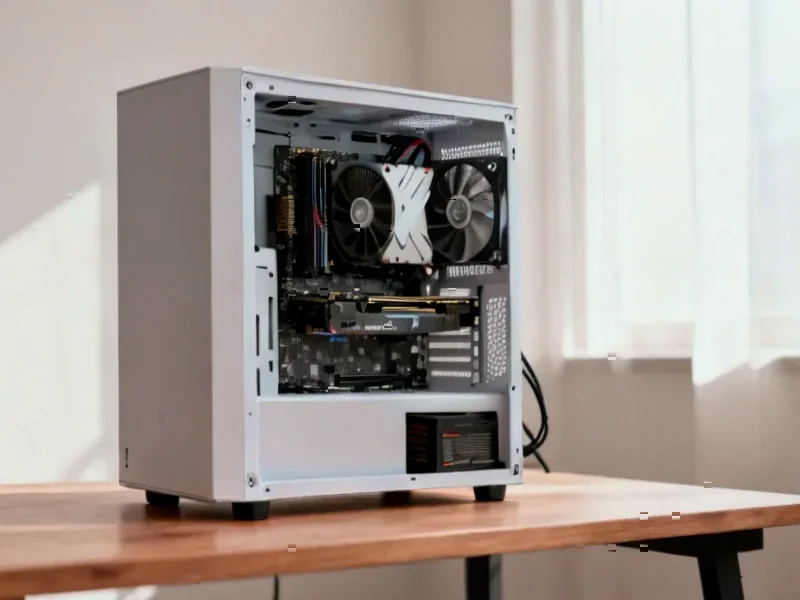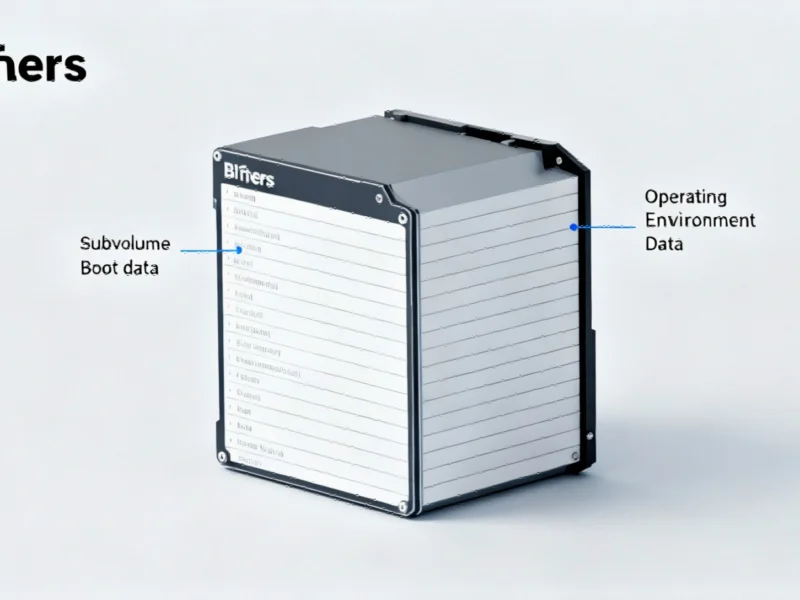According to The Verge, AMD faced significant backlash from the gaming community after initially announcing on October 30th that future driver optimizations would focus primarily on RDNA 3 and RDNA 4 GPUs. The company clarified on October 31st that older RDNA 1 and 2 architectures would receive only “maintenance mode” support, prompting widespread criticism from owners of Radeon 5000 and 6000 series graphics cards. Within 48 hours, AMD completely reversed course, confirming on November 1st that game optimizations for all RDNA Series 1 through 4 GPUs would roll out simultaneously in both driver packages, specifically mentioning support for upcoming titles including Call of Duty, Crimson Desert, and Resident Evil. This rapid policy change demonstrates the intense pressure hardware manufacturers face from their user communities.
The Technical Reality Behind Driver Support Promises
While AMD’s commitment sounds reassuring, the technical implementation presents significant challenges. Maintaining simultaneous optimization across four distinct GPU architectures requires substantial engineering resources that must be divided between legacy support and new feature development. The company’s initial position likely reflected genuine resource constraints rather than arbitrary policy decisions. As RDNA 4 development accelerates, the engineering team faces increasing pressure to prioritize next-generation features over maintaining performance parity for architectures that launched as far back as 2019.
Market Pressures and Strategic Implications
AMD’s rapid reversal reveals the delicate balance between innovation and customer retention in the competitive GPU market. With NVIDIA maintaining strong driver support across multiple generations, AMD cannot afford to alienate its existing user base, particularly as recent driver controversies have already damaged consumer confidence. The company’s initial “maintenance mode” announcement suggested a strategic shift toward encouraging upgrades, but the backlash demonstrated that gamers expect longer support cycles for premium hardware purchases. This creates a fundamental tension between driving new sales and honoring previous commitments.
Implementation Risks and Future Challenges
The biggest risk lies in execution quality across this broad support commitment. “Simultaneous” driver releases could mean watered-down optimizations that fail to maximize performance on any architecture. We’ve seen this pattern before in the industry – when companies stretch resources too thin, driver quality suffers across the board. There’s also the question of how long this comprehensive support can realistically continue as RDNA 5 development inevitably begins. The community reaction documented by influencers like Hardware Unboxed shows that AMD’s user base will remain vigilant about detecting any degradation in support quality.
Broader Industry Implications
This incident sets an important precedent for hardware support across the technology industry. As component lifespans extend and environmental concerns grow, consumers increasingly expect longer software support cycles. AMD’s reversal signals that manufacturers can no longer quietly deprecate hardware through driver policy changes without facing significant backlash. However, the financial reality remains that engineering resources are finite, and comprehensive long-term support comes at the expense of innovation velocity. This creates an unsustainable tension that the entire industry must address through more transparent roadmaps and realistic support expectations.




